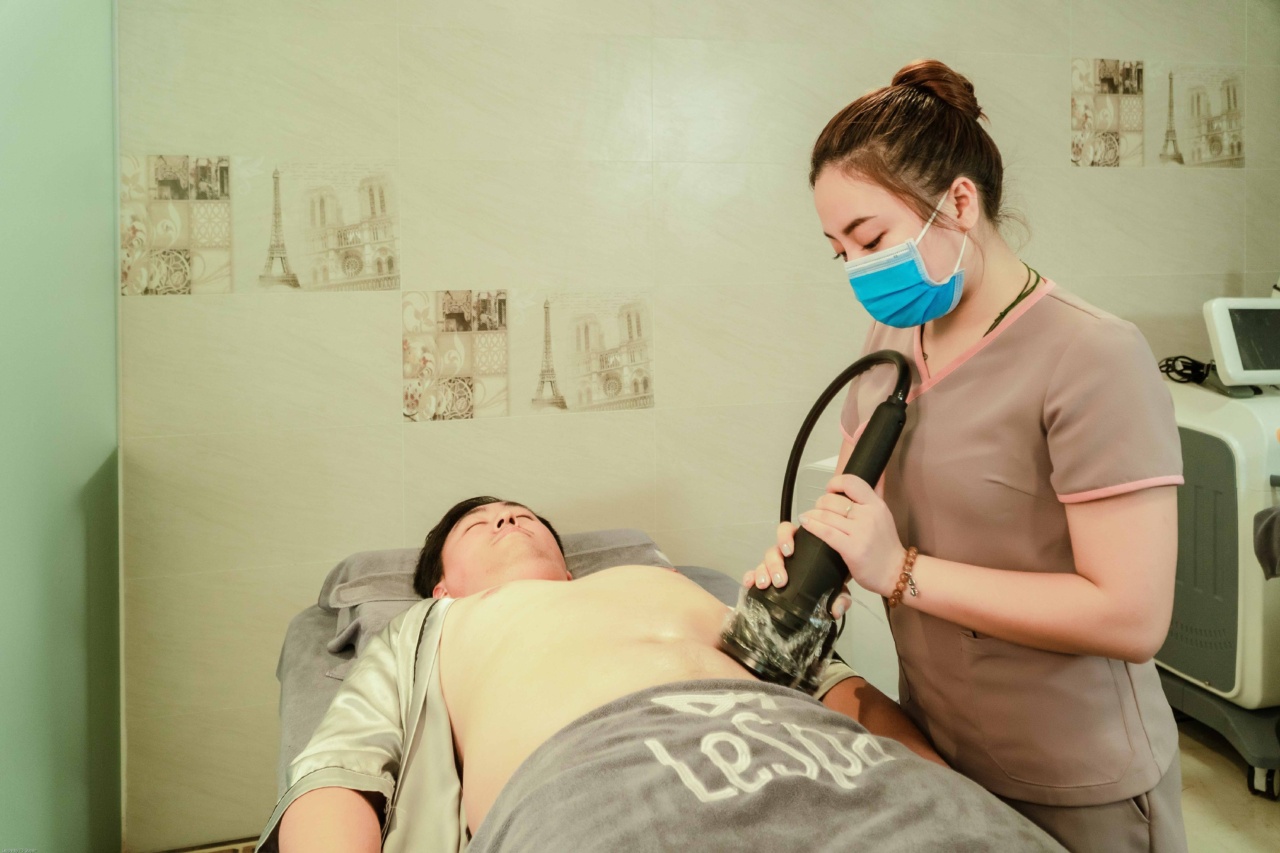Bladder coccyx, also known as coccygeal bladder or bladder tailbone, refers to a condition where the bladder descends too far into the pelvic cavity. The term “coccyx” refers to the tailbone, which is located at the end of the spinal column.
This condition can cause discomfort, pain, and a range of other symptoms for individuals who experience it. In this article, we will explore non-invasive treatments for bladder coccyx that can help manage the condition effectively.
Signs and Symptoms of Bladder Coccyx
Before diving into the non-invasive treatment options, it is crucial to understand the signs and symptoms associated with bladder coccyx. These symptoms may include:.
- Lower abdominal or pelvic pain
- Pressure or heaviness in the lower abdomen
- Increased frequency of urination
- Difficulty emptying the bladder completely
- Pain or discomfort during sexual intercourse
- Urinary incontinence
- Blood in the urine
- Recurrent urinary tract infections
Non-Invasive Treatment Options for Bladder Coccyx
Fortunately, there are several non-invasive treatment options available for bladder coccyx. These treatments aim to alleviate symptoms and improve the quality of life for affected individuals. Let’s explore ten effective non-invasive treatments:.
1. Pelvic Floor Exercises
Pelvic floor exercises, also known as Kegel exercises, can help strengthen the muscles that support the bladder and coccyx. Regularly performing these exercises can improve bladder control and reduce symptoms associated with bladder coccyx.
It is important to learn the correct technique for pelvic floor exercises, and consulting a healthcare professional can be helpful in this regard.
2. Bladder Training
Bladder training involves gradually increasing the time between urination to help improve bladder control and reduce urinary frequency.
This technique can be useful for individuals experiencing frequent urination or urgency associated with bladder coccyx. A healthcare professional can provide guidance on implementing bladder training effectively.
3. Dietary Modifications
Modifying your diet can have a significant impact on bladder coccyx symptoms. Avoiding bladder irritants such as caffeine, alcohol, spicy foods, and artificial sweeteners can help reduce urinary urgency and frequency.
Increasing water intake and consuming fiber-rich foods can also promote overall bladder health.
4. Biofeedback Therapy
Biofeedback therapy is a non-invasive treatment that helps individuals gain control over certain bodily functions, including bladder control.
During biofeedback sessions, sensors are placed on various parts of the body, such as the abdomen, to provide visual or auditory feedback. This feedback helps individuals understand how different techniques can positively influence their bladder function.
5. Acupuncture
Acupuncture, an ancient Chinese medical practice, has been known to provide relief for various conditions, including bladder coccyx.
This treatment involves the insertion of fine needles into specific points on the body to stimulate energy flow and promote healing. Acupuncture may help reduce pain, improve bladder control, and alleviate bladder coccyx symptoms.
6. Physical Therapy
Physical therapy techniques, such as manual therapy and stretching exercises, can help alleviate muscle tension and improve pelvic floor muscle function.
Working with a skilled physical therapist who specializes in pelvic health can provide targeted relief for bladder coccyx symptoms. They may also recommend other therapies, such as hot and cold therapy, to manage pain and discomfort.
7. Medications
While non-invasive treatments are preferred, in some cases, medications may be prescribed to manage bladder coccyx symptoms.
Medications such as anticholinergics or muscle relaxants can help relax the bladder muscles, reduce urinary urgency, and improve bladder control. It is essential to consult a healthcare professional before starting any medications to understand potential side effects and appropriate usage.
8. Transcutaneous Electrical Nerve Stimulation (TENS)
TENS therapy involves the use of low-voltage electrical currents to stimulate nerves and provide pain relief. This non-invasive treatment option can be beneficial for individuals experiencing bladder coccyx-related pain.
TENS units can be used at home under the guidance of a healthcare professional, offering a convenient way to manage symptoms.
9. Relaxation Techniques
Relaxation techniques, such as deep breathing exercises, meditation, and yoga, can help reduce stress and tension in the body. Managing stress levels is essential for individuals with bladder coccyx, as stress can exacerbate symptoms.
Incorporating relaxation techniques into daily routines can aid in symptom management and overall well-being.
10. Heat and Cold Therapy
Applying heat or cold to the affected area can provide temporary relief from pain and discomfort associated with bladder coccyx. Heat therapy, such as using a heating pad, can help relax the muscles and improve blood flow.
Cold therapy, in the form of an ice pack or cold compress, can help reduce inflammation and numb the area, providing pain relief.
Seeking Professional Guidance
While the aforementioned non-invasive treatments can be effective in managing bladder coccyx symptoms, it is crucial to consult with a healthcare professional for accurate diagnosis and personalized treatment recommendations.
A healthcare professional can evaluate the severity of the condition and recommend the most appropriate treatment plan.


























